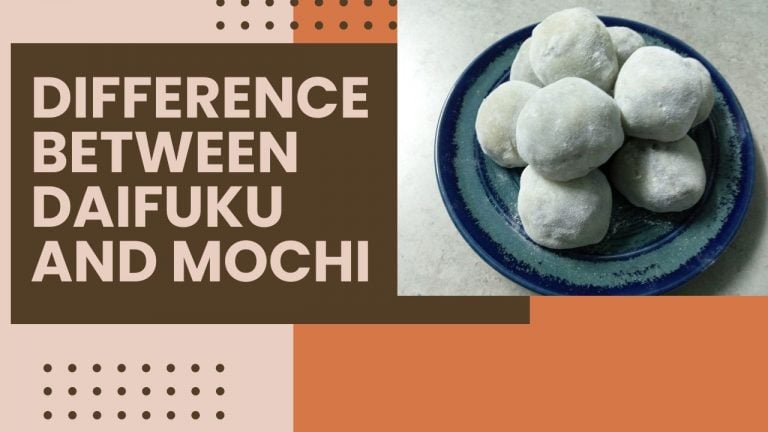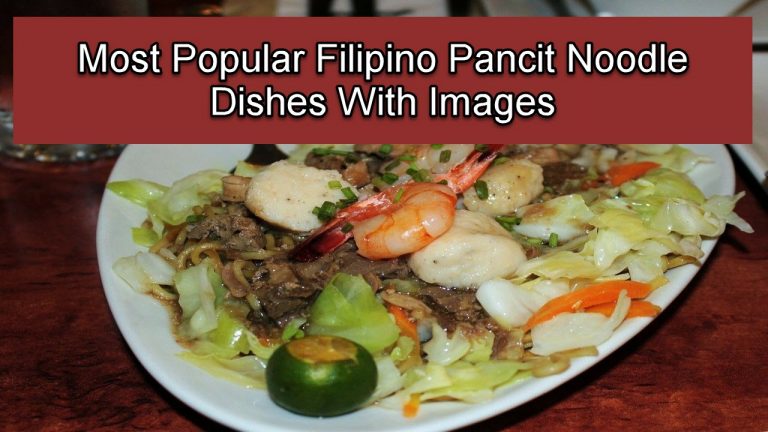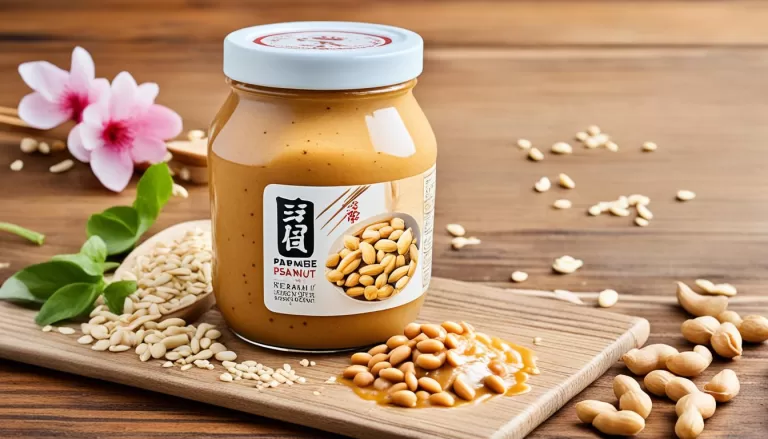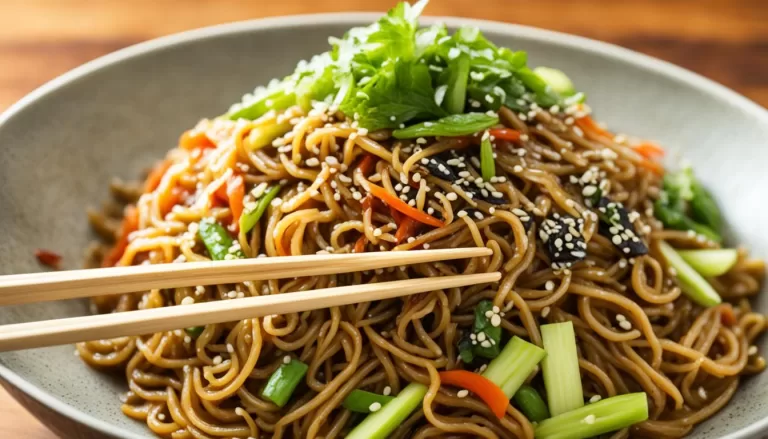Udon vs Ramen: What Is The Difference?
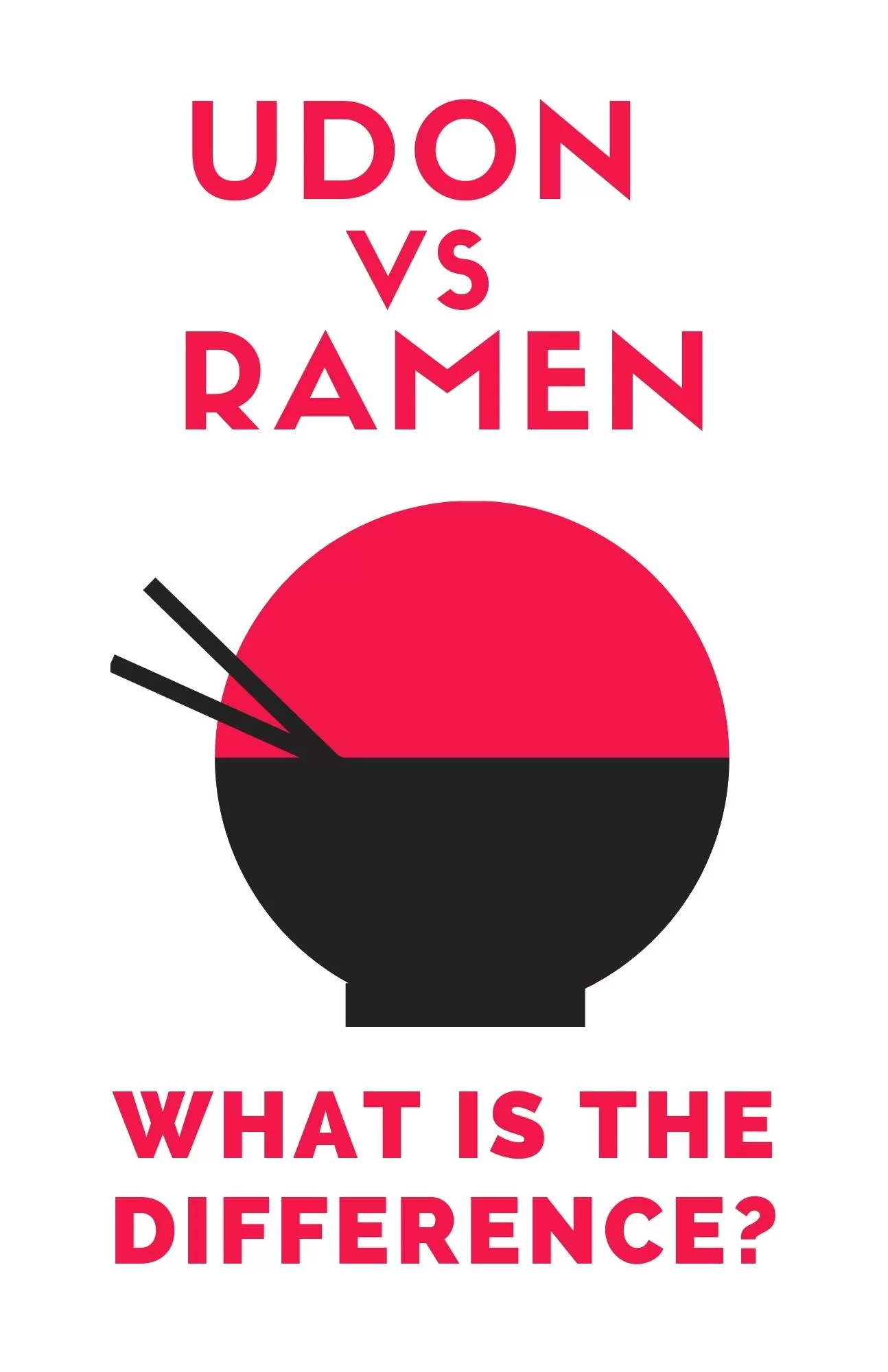
Udon and ramen are both made of wheat flour. These noodles are chewy. However, udon and ramen differ in terms of size. Udon noodles are thicker compared to ramen. Udon noodles don’t contain eggs while ramen has. And when it comes to flavor, udon noodles have a more exquisite taste than ramen. Lastly, ramen noodles are wavy while udon noodles are usually straight.
To know more about these two Japanese noodles, we have elaborated some of their characteristics and varieties. Scroll down to get further information about ramen and udon.
Udon vs Ramen: What Is Udon?
Though odun’s origin is unknown, there have been speculations that udon noodles came from China in the 700s, but became widely known in the 1600s during the Edo era.
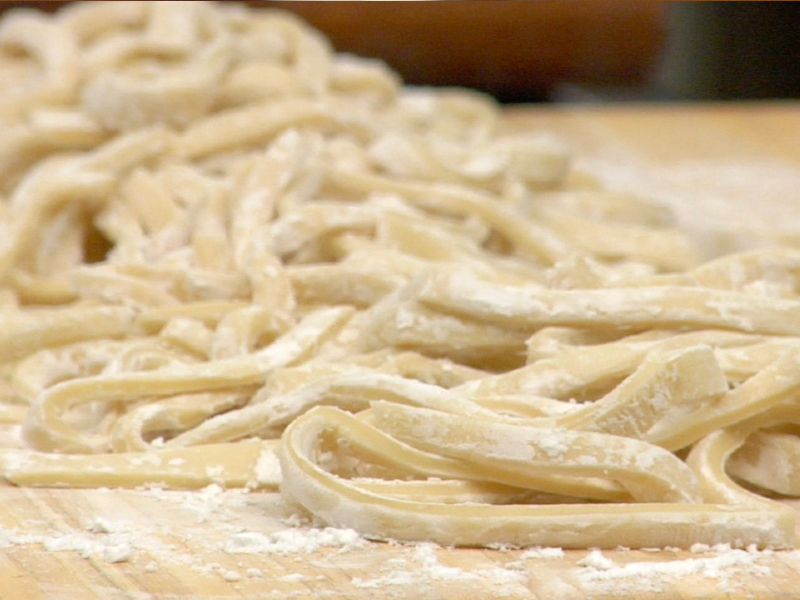
Udon noodles are thick noodles made from wheat flour. These types of noodles are usually used in Japanese cuisine. The preparation of udon noodles may vary. But the most easy way of cooking udon is in a form of hot soup known as kake udon. Its mild borth (kakejiru) is made from mirin, soy sauce, and dashi, and is topped with thinly cut scallions.
Aside from scallions, kakiage, prawn tempura, abura-age (sweet deep-fried tofu pouches), shichimi, and kamaboko (sliced fish cake) can also perfectly add taste to your kake udon.
The broth of the udon noodles can vary per region. Western Japan uses light (usukuchi) soy sauce for their standard broth, while eastern Japan uses dark soy sauce (koikuchi).
Different Types Of Udon
Udon noodles come in different varieties of shapes and forms. It is usually divided into hot and cold udon. Some udon recipes also used frozen udon noodles. Below are the different types of udon served in various regions in Japan.
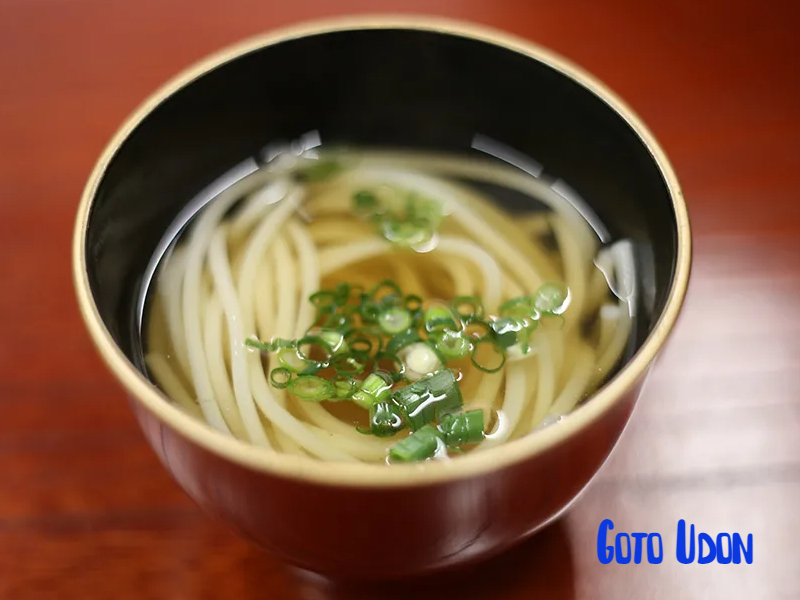
1. Nagasaki (Goto Udon)
As the name suggests, this Japanese noodle is native to the Goto Islands, specifically Nakadori Island. Goto udon has light, silky, but chewy texture. What makes it special among other udon noodle dishes is that its primary ingredients are nourished in the abundant nature of the islands.
The production of Guto udon noodles used hands to manually twist the dough. This method is called te-yori.
Hand twisting the dough and pulling it repeatedly should produce a texture called “koshi”, which means firm and elastic. There are also no preservatives used in making the Guto udon noodles, aside from wheat flour, salt, water, and camellia oil. The oil gives the noodles the silkiness once cooked.
Jigoku-daki style is the most popular way of serving Goto Udon. The noodles are served to the table in boiling hot water, along with extra toppings and ingredients like dried fish flakes (katsuobushi), sliced spring onions (negi), hot broth, and a raw egg.
To eat goto udon, mix the raw egg with soy sauce. Then tip the katsuobushi and negi into the hot broth. Goto udon noodle is served not only in Nagasaki but also on all other islands in the country.
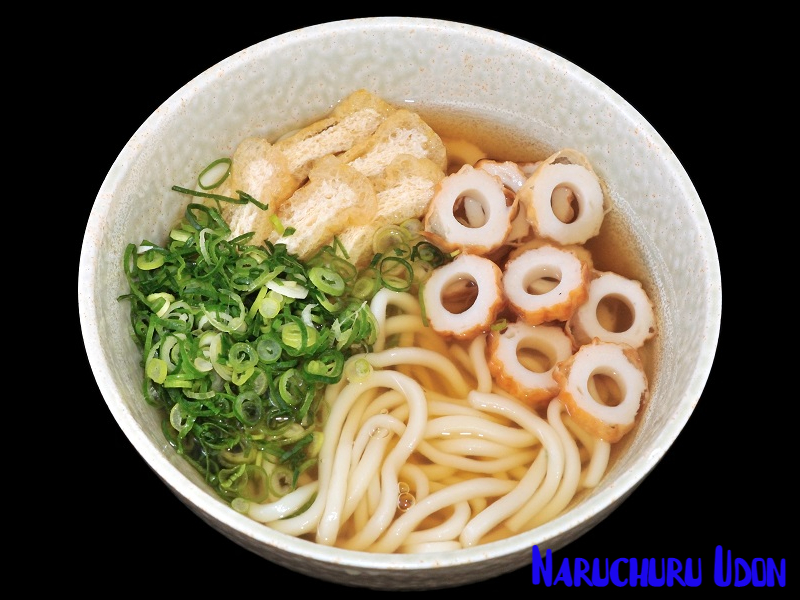
2. Tokushima (Naruchuru Udon)
Naruchuru Udon is a kind of udon noodle that is thin, and is usually eaten in a coastal city of Tokushima Prefecture, Naruto city. Naruchuru is a handmade noodle with uneven length and thickness texture.
Naruchuru Udon is often served with simple toppings like fish cakes (chikuwa), fresh green onions, aburaage, and in a sweet, light golden broth. Its broth is sweeter compared to the dashi broth.

3. Nara (Kinchaku Kitsune Udon)
Kinchaku Kitsune udon dish was invented in 2006 in Nara prefecture. This udon dish is made of clear dashi broth, chewy thick udon noodles, and aburaage. The Kinchaku Kitsune Udon dish is seasoned with sugar, mirin, and soy sauce, and is usually served as a hot noodle soup.
The broth of this dish is flavored by seasoned tofu, making this dish a little sweet.
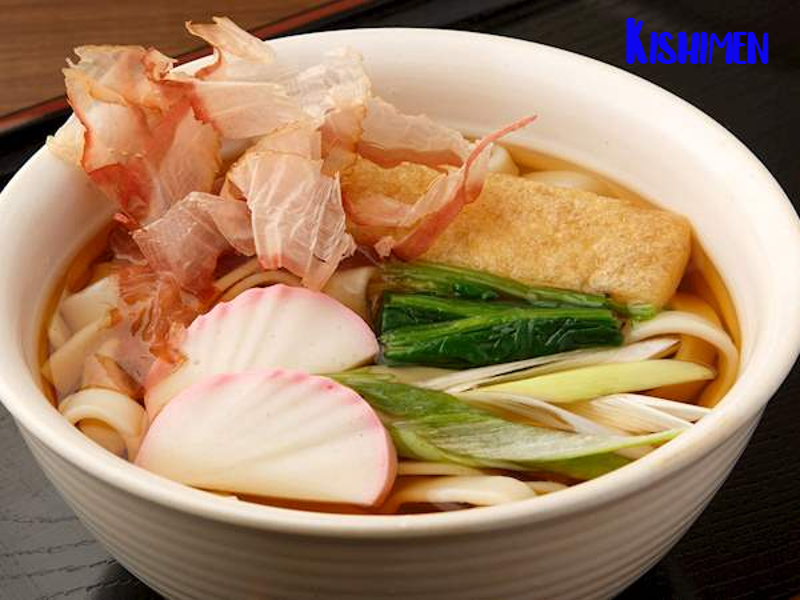
4. Aichi (Kishimen)
Kishimen is a kind of Japanese flat noodles having wrinkled and rough edges. This kind of udon noodle has been a comfort food in the Nagoya area, Aichi Prefecture. Kishimen noodles are thick, long, and soft.
Compared to the usual udon noodles, kishimen is thinner and wider, with a thickness of 1 mm and 8 mm for its width.
The Kishimen udon noodle dish is commonly served in either red (soy sauce) or white (salt) broth, added with a small amount of sweet sake to enhance its taste.
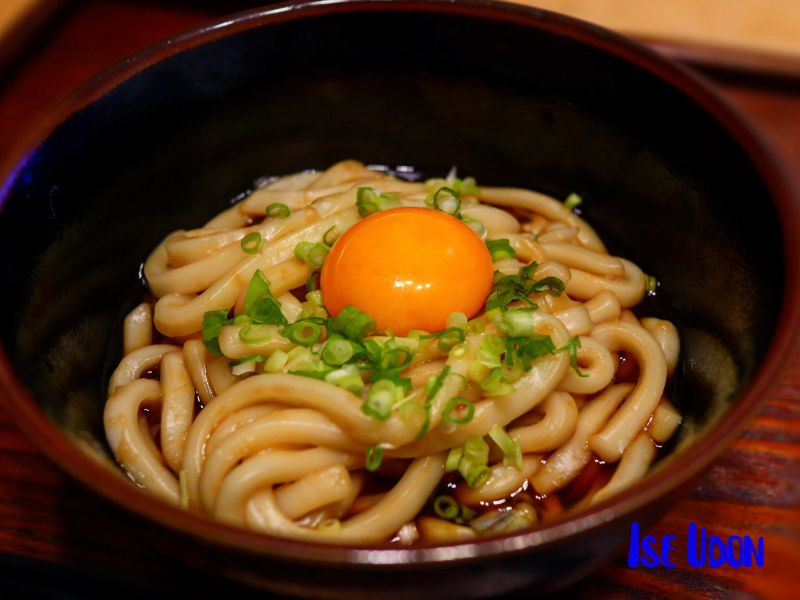
5. Mie (Ise Udon)
Ise udon is an extra-thick udon noodle known for its distinct chewiness. Ise udon is a signature dish in Mie Prefecture, in the city of Ise. The noodles measure roughly 1 cm in diameter. These noodles are boiled longer than other udon noodles, to make them soft and tender. The noodles are then served in a rich soy-infused sauce made of dashi mixed with tamari-joyu.
You can add fresh green onions and a raw egg for the toppings.
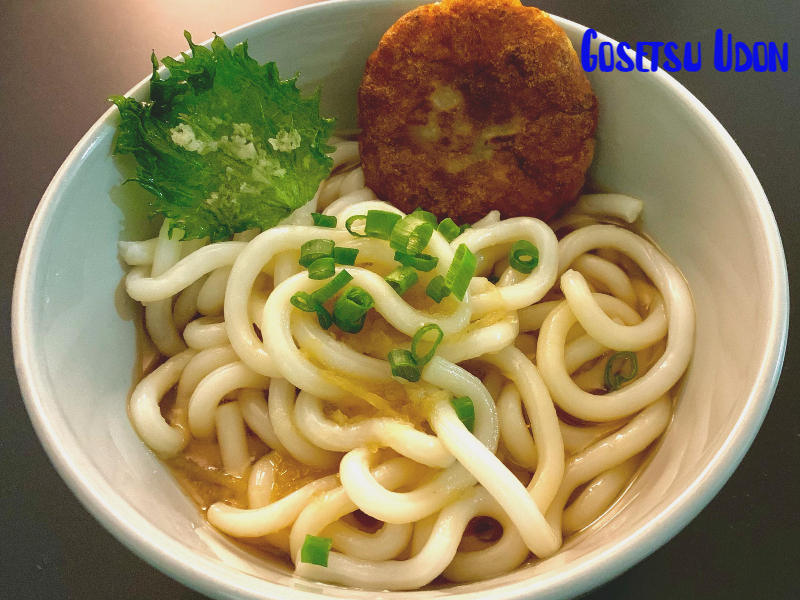
6. Hokkaido (Gosetsu Udon)
Gosetsu udon is a type of udon noodles having a transparent white color. Gosetsu literally means “heavy snowfall”, and the color of its noodle symbolizes the new snowfall in the town of Kutchan. Compared to other udon noodles which are made with wheat flour, Gosetsu is made from potato starch. Thus, the noodles are chewier than the ordinary udon noodles, and have a distinctive texture.

7. Akita (Inaniwa Udon)
Inaniwa Udon is a well-known dish in Japan, and a local specialty food in Akita. Inaniwa Udon noodles are flat and thin.
This type of udon noodles is often served in dried form. It is characterized by its distinctive thin strands and creamy color.
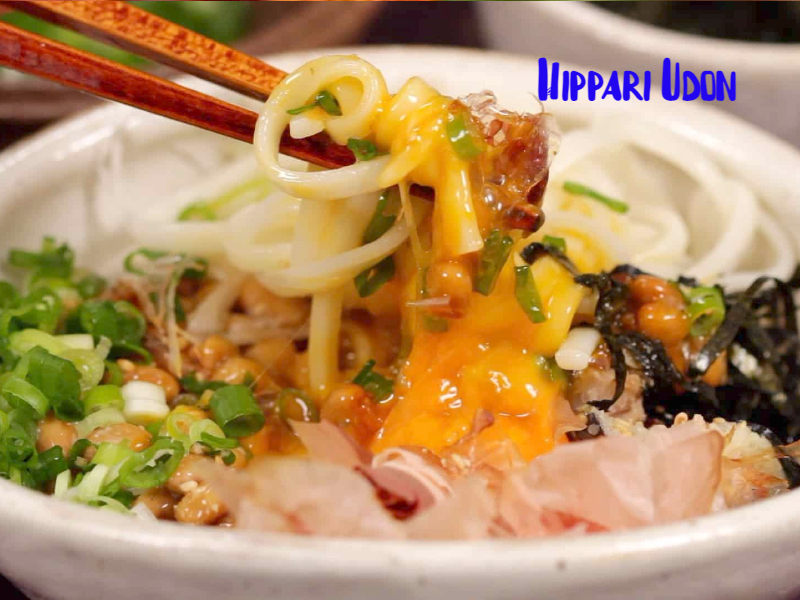
8. Yamagata (Hippari Udon)
Hippari Udon is a known dish from Yamagata. This Japanese noodle dish is often served during colder months.
Hippari is a Japanese term which means pull.
The dried udon noodles are boiled in a pot, pulled out, and served in separate bowls of dipping sauce from canned mackerel or fermented soy beans (natto).
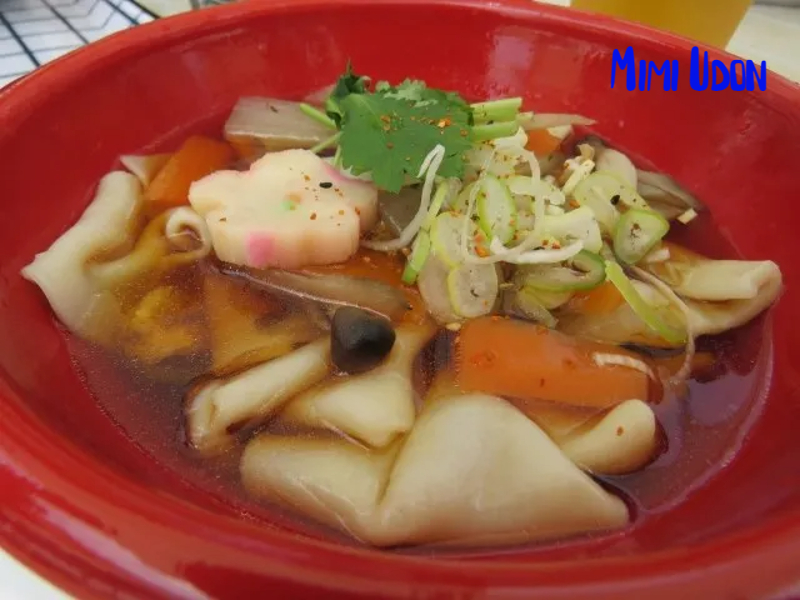
9. Tochigi (Mimi Udon)
Mimi Udon is a traditional food from Sano, Tochigi. The noodles are shaped like ears. These chewy noodles are usually served in a soya sauce-based broth, topped with different udon toppings.
Originally, mimi udon was made to be preserved for the new year, but slowly became an ordinary dish served during New Year’s Day.
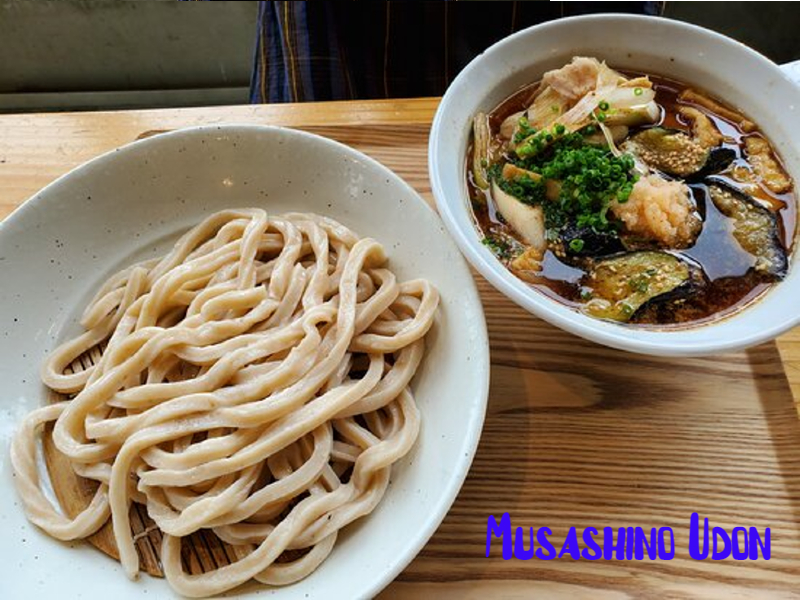
10. Tokyo/ Saitama (Musashino Udon)
Musashino udon originated from the Tama region of Tokyo to eastern Saitama. The noodles are a bit brown in color and have a slight rough texture.
Musashino udon is often served as dipping noodles (tsukemen), with a meaty bonito base dipping sauce.
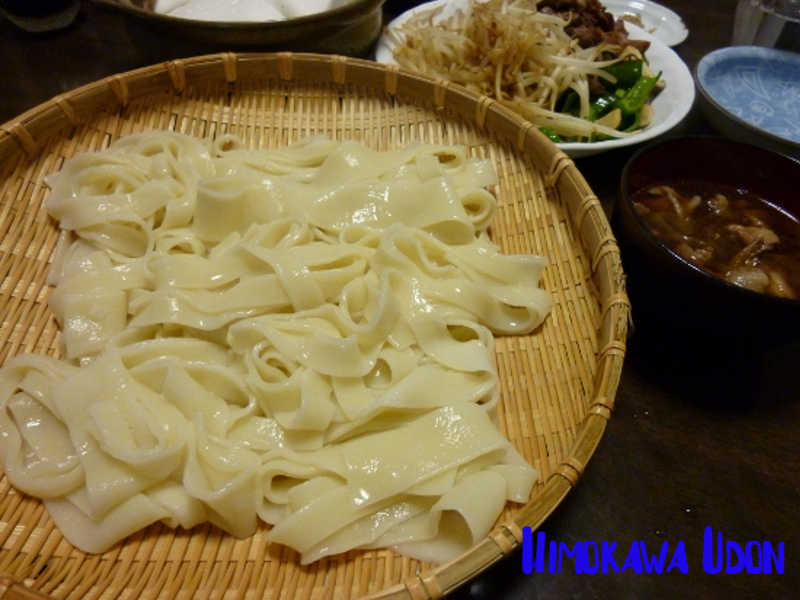
11. Gunma (Himokawa Udon)
Himokawa Udon originated in Kiryu city, Gunma Prefecture, among the leading wheat producers in Japan. This traditional dish is characterized by its thin (about 1 cm) and wide noodles that range from 1.5 cm to 10 cm in width.
This flat and thin wheat noodle is smooth and chewy.
Unlike sanuki udon, himokawa is more delicate in texture. And it can be served as hot or cold udon noodles.
There are still more Udon dishes which are not mentioned above. These include curry udon, fox udon, tanuki udon, kanto style udon soup, zaru udon, yaki udon, tempura udon (an udon noodle soup) and stamina udon.
Udon vs Ramen: What Is Ramen?
It is believed that ramen noodles were introduced to Tokugawa Mitsukuni by a prominent Daimyo of Mito, a scholar from the Ming Dynasty. Hence, ramen is said to be adapted from the Chinese immigrants.
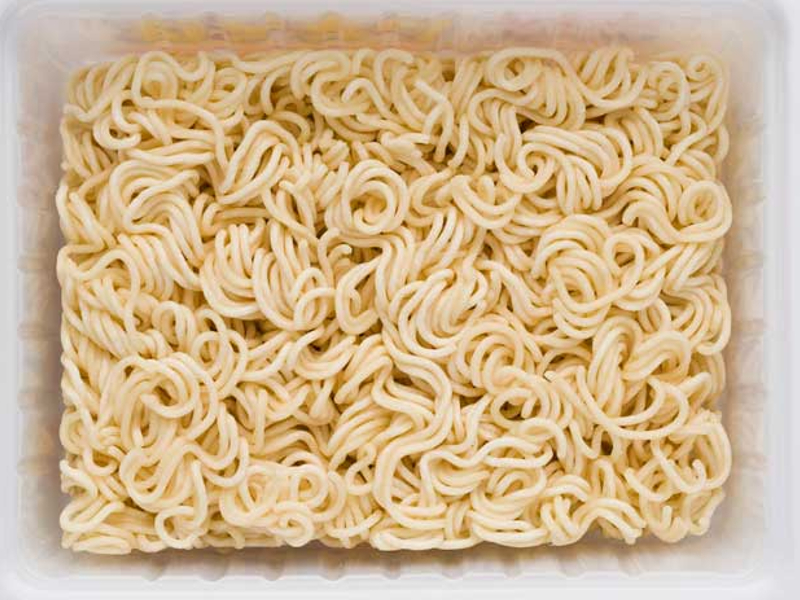
Ramen is a Japanese noodle soup made of flavored broth, noodles, meat or vegetables, and topped with boiled eggs. Ramen dishes are among the delicious and famous fast foods in Japan that are often sold by street vendors and small restaurants in the country.
Just like udon, ramen also comes in different shapes and sizes. The noodles can be thick or thin, long or short, and straight or curly.
All varieties of ramen noodles are made with kansui. This alkaline solution gives a golden chewy texture to the noodles, and creates umami flavors.
Ramen noodles have different varieties and styles.
Different Varieties Of Ramen: Broth Styles
Ramen comes in different varieties and toppings. Below are the major and popular types of ramen noodles not only in Japan, but in all ramen restaurants all over the world.

Tonkotsu Ramen
Tonkotsu ramen is a specialty dish in both Kyushu and Fukuoka, and is referred to as Hakata Ramen. Hence, this ramen broth style is native to Kyushu, in Fukuoka Prefecture.
This unique ramen dish has a fatty and extremely rich broth. It is made of fresh noodles and accompanied with tender pork belly and soft yolk eggs.
The term tonkotsu means pork bones. Thus, the tonkotsu broth is made from pork bone boiled for up to eighteen hours or until the broth appearance turns cloudy and becomes a thick broth. Other ingredients added in making pork broth may include spring onions, garlic, ginger, onion, oil, pork back fat, trotters, and chicken carcasses.
For the cooked ramen, you can add sesame seeds, chili bean paste, shoyu, kikurage, and kombu to enhance its umami flavor.
Tonkotsu ramen is available in ramen shops and other Japanese restaurants around the globe.
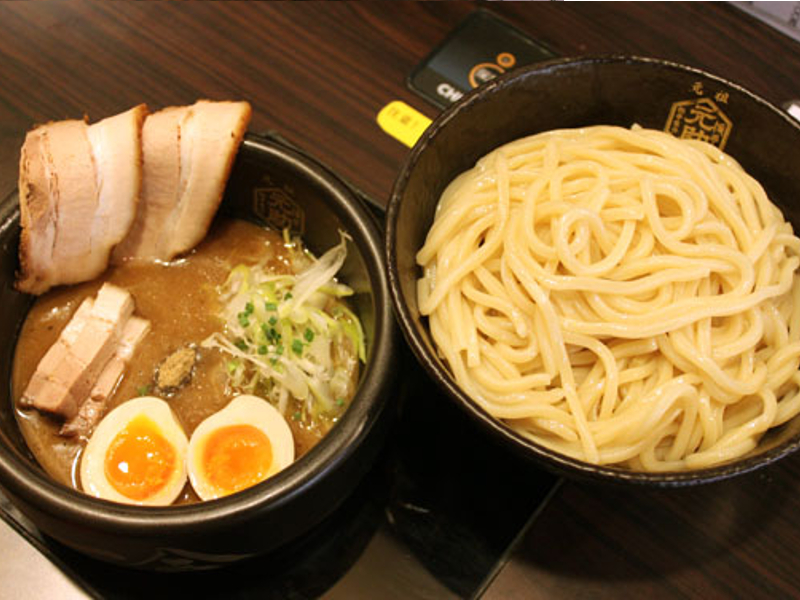
Tsukemen Ramen
Tsukemen is a Japanese dish made of cold ramen noodles and broth. This popular dish was invented by Kazuo Yamagishi in 1961.
Tsukemen noodle is usually eaten by dipping the noodles in a separate bowl of broth or soup. Hence, it is also called dipping ramen.
The Tsukemen dish also uses udon and soba noodles. These noodles are served cold along with a hot soup which serves as a dipping sauce. Other ingredients used in Tsukemen ramen are boiled eggs, tamago, mena, nori, and chashu.

Miso Ramen
Miso ramen is a Japanese noodle soup made with thick wavy noodles and broth. This dish is called Mison ramen as its broth is technically made from miso seasoning accompanied with vegetables, ground pork and chicken stock. Toppings for miso ramen noodles may include corn, fried vegetables, boiled egg, butter, and menma.
Miso ramen has a thick and strong umami flavor. Its unique broth is a mixture of miso soup and fish or chicken soup.

Shio Ramen
Shio ramen is a ramen noodle soup primarily seasoned with salt, also known as ship in Japan. Its broth is made from chicken or pork bones, dashi, and seafood.
Shio broth is lighter. Aside from salt, this ramen dish is usually flavored with dried kelp (kombu) and lemon.

Shoyu Ramen
Shoyu Ramen is also among the famous Japanese noodle dishes. It has a tangy and salty flavor. This noodle soup dish is made with a soy-sauce base mixed with either vegetable or chicken stock. Shoyu ramen soup taste is light with a herbal flavor due to the vegetable and chicken added in preparing the broth.
The toppings for this ramen noodle soup may include boiled eggs, green onions, corn, bean sprouts, sliced scallions, fish cake, and bamboo shoots (menma).
WRAP UP for UDON vs RAMEN
So basically, ramen and udon differ in terms of taste, thickness and shape of the noodles, and the broth styles. Udon noodles tend to be thicker than ramen.
Udon taste is lighter and simpler than ramen. Making ramen broth costs more compared to udon as the ramen broth needs more ingredients than the udon broth.
The udon noodles are made of salt, water and flour, while ramen noodles are made of flour and an alkaline solution called kansui.
Udon noodles’ popular broth include bonito (kanto style), iriko (sanuki style), and konbu (kansai style), while ramen’s known broth styles are tonkotsu, tsukemen, miso, shio, and shoyu.
Ramen and udon noodles are both adapted from China’s wheat flour noodles along with other Chinese noodles that are popular in Japan.
So that’s pretty much about Udon vs Ramen, their differences, and individual varieties/styles.
Thank you for reading this post!
